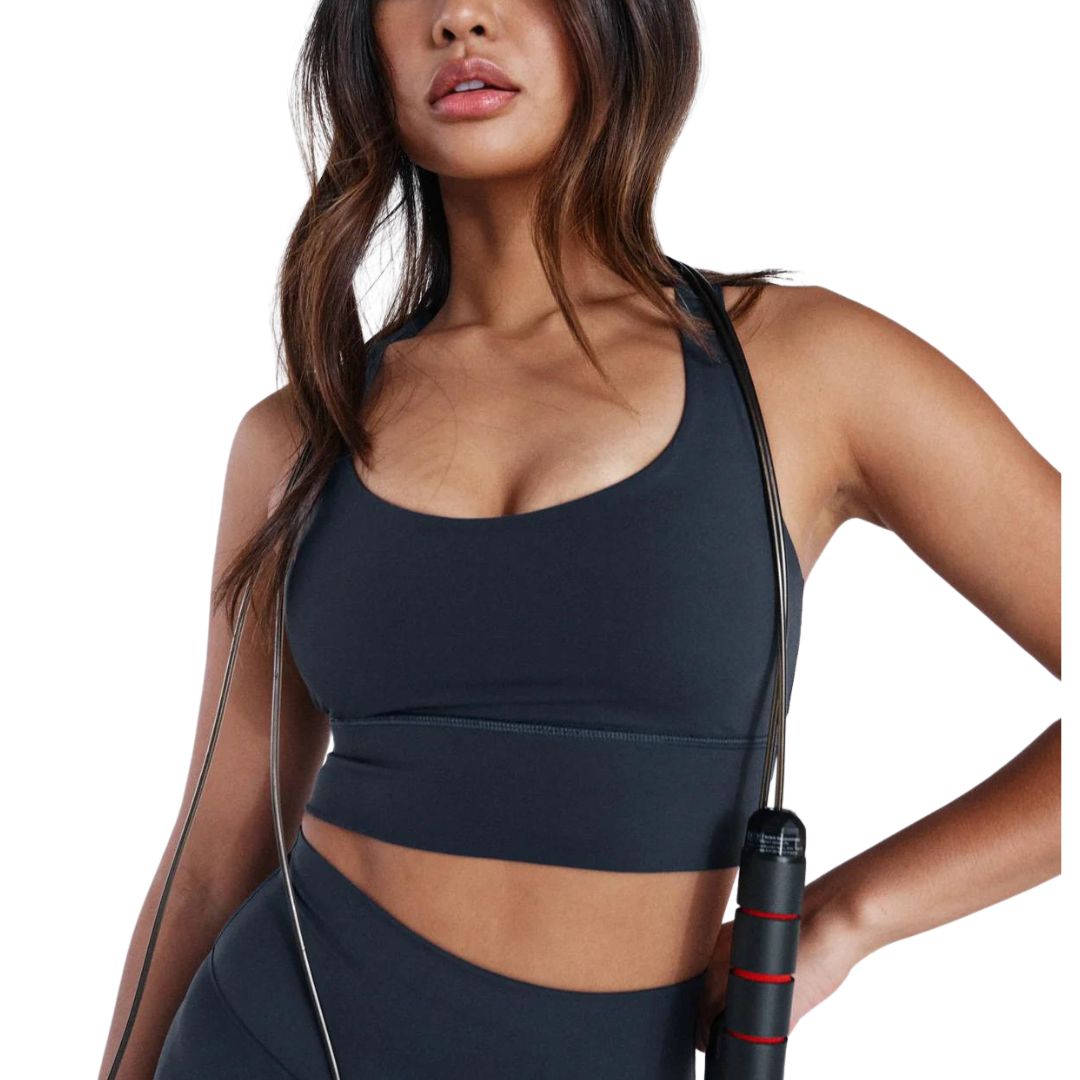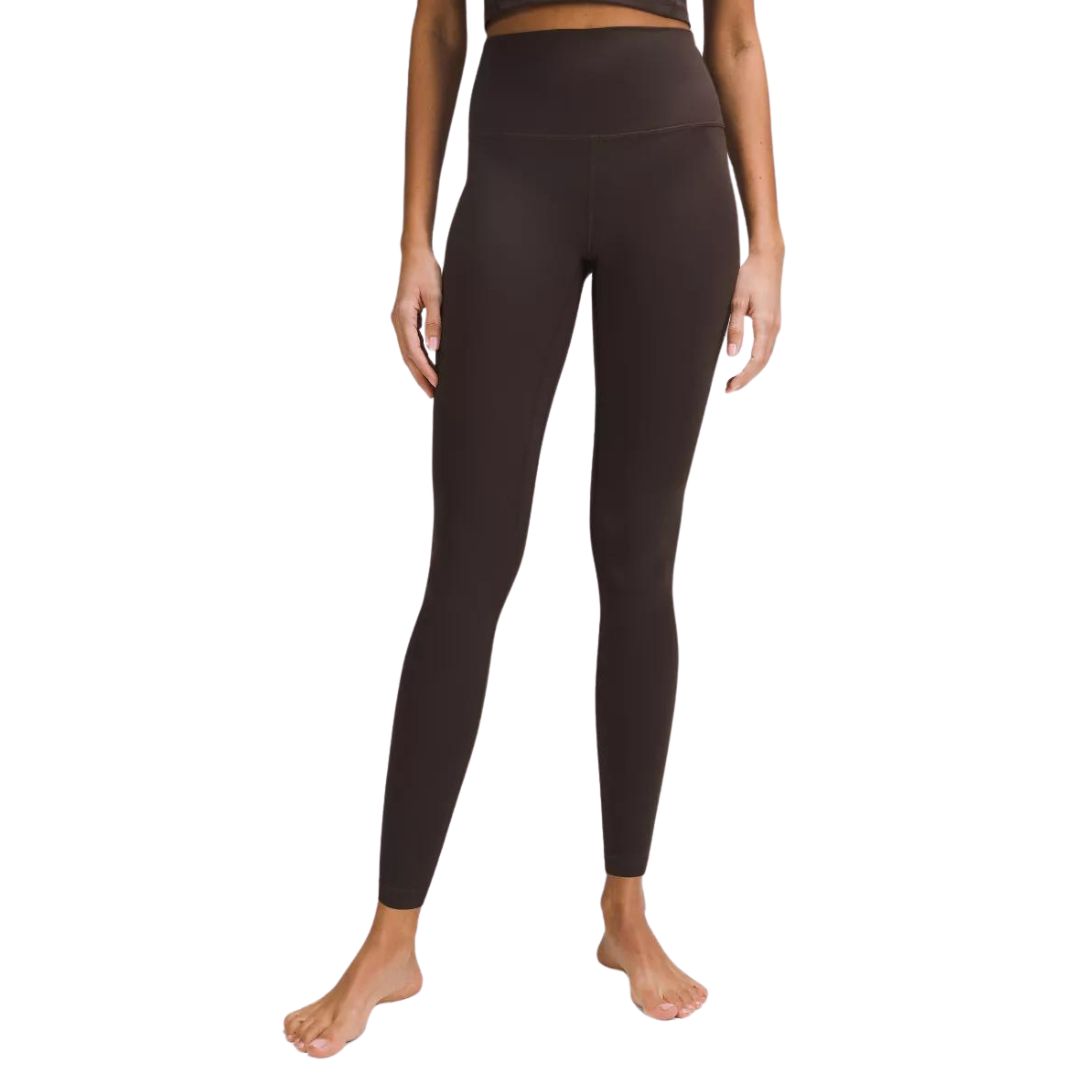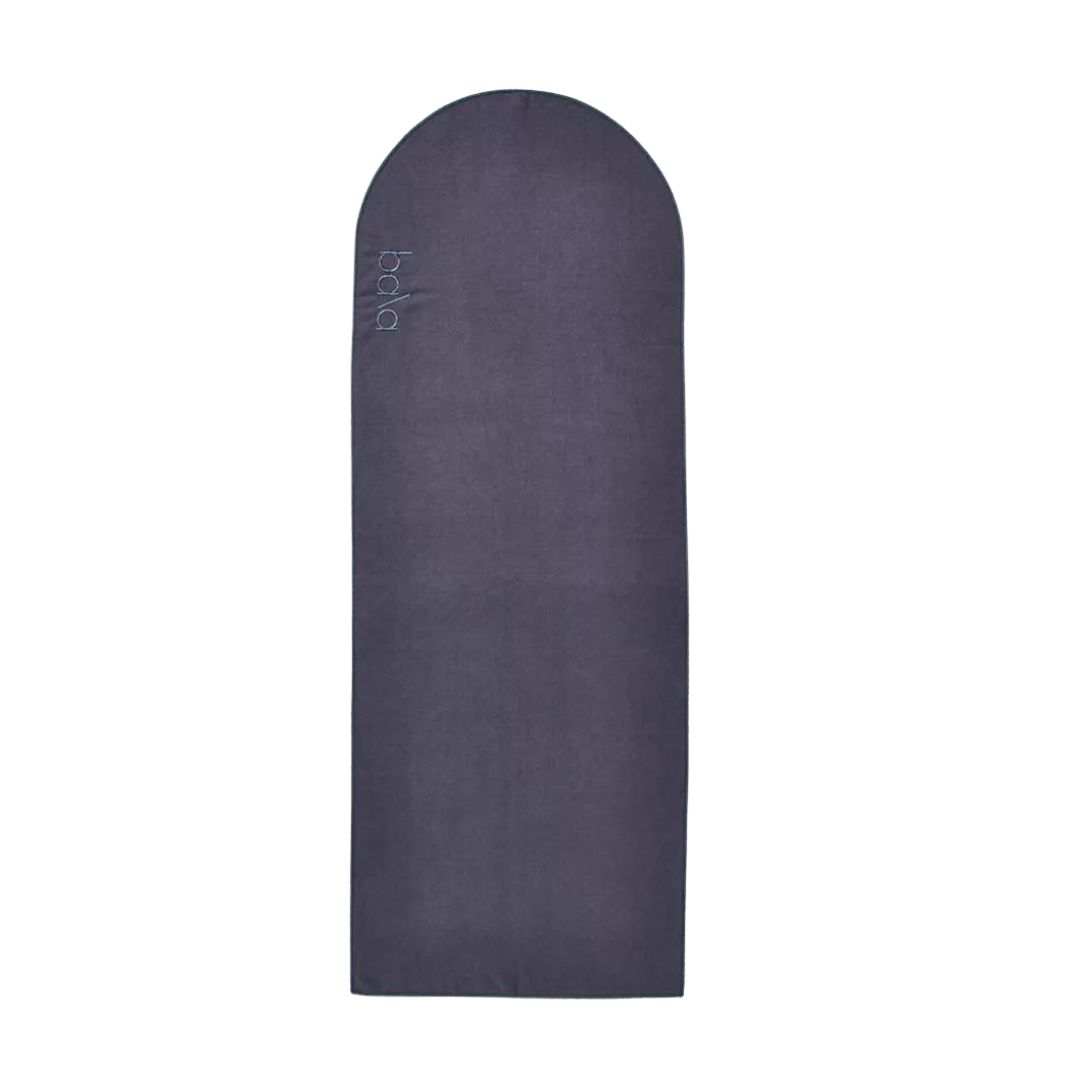Low intensity cardio is going to be one of the biggest workouts of the year - why it should be on your radar
Because low intensity doesn't mean low reward...


While HIIT can be handy for the time-poor and generally healthy population, it’s not the most suitable style of exercise for everyone. Low intensity cardio, on the other hand, is a widely accessible, heart-healthy type of movement that boasts a variety of wellness wins.
Called a "miracle cure" on the NHS website itself, physical activity, in general, can reduce your risk of developing some major illnesses, such as coronary heart disease, stroke, type 2 diabetes and some cancers, lowering your risk of early death by up to 30%. And although the millennials among us, in particular, will have grown up enmeshed in the more-is-more mentality (more intensity, more sweat, more sessions, more feeling ravaged, as opposed to refreshed, by workouts), there’s plenty of science to support the notion that on the contrary, low-intensity exercise might actually be better for overall wellbeing.
Take this study from 2015, published in Sports Medicine-Open, which explored whether low intensity workouts could improve the physical and cognitive health of older adults and found that, yes, it absolutely can. Of the 15 studies reviewed, 11 reported improvements in flexibility, balancing, lower limb muscle strength and depressive symptoms from doing low-intensity exercises. What's more, it’s also associated with reduced injury risk and long-term sustainability.
Keen to learn more? We asked Lucie Cowan, master trainer at Third Space, for the low-down on low intensity cardio. While low impact is slightly different to low intensity, the workouts reap many of the same benefits, so do scroll our guides to low impact strength training and low impact workouts for beginners, while you're here.
Low intensity cardio is set to be one of the biggest workouts of the year - your guide
What is low intensity cardio?
“Low intensity cardio refers to aerobic exercise performed at a relatively moderate pace, typically at a heart rate of around 50 to 65% of your maximum heart rate,” Cowan explains. This level of activity, she says, allows you to sustain the exercise for an extended period, usually 30 minutes or more, without feeling overly fatigued. Walking workouts, cycling and swimming are all examples.
“Low-intensity cardio primarily relies on fat stores for energy, making it ideal for improving cardiovascular health and enhancing endurance,” continues Cowan. “It’s often recommended for beginners, those recovering from injury, or individuals aiming to complement high-intensity workouts with active recovery sessions.” That said, it’s a great style of exercise for all fitness and experience levels.
What are the benefits of low-intensity cardio?
“Incorporating low-intensity cardio into your regular exercise routine can lead to significant improvements in both physical and mental health over time,” says Cowan. She highlights six main benefits:
Celebrity news, beauty, fashion advice, and fascinating features, delivered straight to your inbox!
- Improved cardiovascular health
- Increased endurance
- Enhanced recovery
- Lower stress levels
- Gentle on the joints
- Accessibility
“Low-intensity cardio strengthens the heart and improves circulation, reducing the risk of heart disease and stroke,” says Cowan. “ It also releases feel-good endorphins, which help reduce stress and improve mood, contributing to overall mental well-being.”
How to try low intensity cardio yourself
There are two ways to ensure that you’re engaging in low intensity cardio: monitoring your heart rate, or monitoring your rate of perceived exertion (RPE).
While monitoring your heart rate is a bit more complex and requires you to use a heart rate monitor (some of you may have one built into your fitness tracker), it's the most accurate method. According to Cowan, low intensity cardio typically involves exercising at a heart rate that is around 50 to 65% of your maximum heart rate. “To calculate your maximum heart rate, subtract your age from 220. For example, if you are 30 years old, your maximum heart rate would be approximately 190 beats per minute (bpm). So, your target heart rate for low-intensity cardio would be around 95-125 bpm.”
Sound a bit - well, complicated? Listening to your body works, too. In the fitness sphere, this is commonly referred to as your "RPE", or rate of perceived exertion. In short, it describes mentally taking stock of how hard you feel you are working during exercise. A level one could be stretching - barely any exertion - while an eight to nine might look like sprinting at a near-maximum effort. “During low intensity cardio, your RPE should be relatively low, around three to four,” says Cowan. Think walking, cycling, or swimming at a steady pace. “You should feel like you are working, but you should still be able to carry on a conversation comfortably."
That said, there's no point in kidding yourself that your eight-minute mile runs are "low impact" just because you can hold a conversational pace (good for you, but running, unfortunately, isn't low impact due to the motion of your joints hitting the ground). And while we're not workout shaming here - we're firm believers that all movement is good for both body and mind here at MC UK - incorporating some low impact workouts where you can helps to ensure that you're boosting your fitness without risking overexertion or injury, adds the trainer.
What are the different types of low intensity cardio?
1. Walking
You'll know the benefits of walking are myriad, and walking is one of the best low impact cardio workouts you can do. “Start with a brisk pace and gradually increase speed as you warm up,” Cowan says. She advises focusing on maintaining proper posture, swinging your arms naturally, and taking deep breaths.
How long should your walking workouts be? Research from last year revealed that as little as 3,867 steps a day can reduce your risk of all-cause mortality, reduced to 2,337 for cardiovascular mortality only. “Incorporate walking into your daily routine by taking the stairs instead of the lift or escalator, or walking to places that are nearby,” says Cowan.
2. Cycling
“Start with a low resistance or flat terrain and gradually increase intensity as you build stamina,” Cowan says. “Pay attention to your cadence (pedalling speed) and aim for a smooth, consistent rhythm.”
You don’t have to cycle outdoors, if that’s not your thing. You can still reap the rewards using a static bike or attending a (low intensity, of course) spin class. Shop our edit of the
3. Swimming
“Warm up with a few laps of easy freestyle or a gentle breaststroke,” says Cowan. “Focus on maintaining proper breathing technique and form, especially for strokes like freestyle and backstroke.”
She recommends using a kickboard or pull buoy for added support, and to isolate upper or lower body muscles. “Start with shorter distances and gradually increase as your endurance Improves.”
4. Elliptical training
Begin with a slow and controlled motion to warm up your muscles. “Maintain an upright posture and avoid leaning on the handles for support,” Cowan instructs.
She advises experimenting with different resistance levels and incline settings to vary intensity. “Focus on pushing through your heels and engaging your core muscles throughout the workout.”
5. Rowing
“Begin with a light warm-up row to familiarise yourself with the motion and technique,” Cowan says. “Focus on driving through your legs, engaging your core, and pulling the handle towards your lower ribs in a smooth, controlled motion.”
Do note: Make sure to keep your back straight and avoid rounding your shoulders. “Experiment with different stroke rates and resistances to find your optimal Intensity,” she adds.
@juliexfit 3 types or cardio 💖
♬ Jupiter & Mars - ARDN
5 PT-recommended low intensity cardio workouts to try today
1. Beginner Pilates workout
What? A beginner-friendly full-body Pilates session.
Why? According to Cowan, Pilates is an excellent low intensity option for improving strength, flexibility, and posture. "Lucy Wyndham-Read’s clear instructions make it accessible for beginners," she says.
How long? 12 minutes.
2. 15-minute low impact cardio workout for beginners
What? A no-equipment low intensity cardio session.
Why? "This workout is perfect for those who prefer to avoid jumping or high-impact movements while still getting a great cardio workout, led by enthusiastic instructors from Body Project," says Cowan.
How long? 15 minutes.
3. Low impact HIIT cardio workout
What? No jumping, no equipment needed low impact workout.
Why? "Joanna Soh's low-impact HIIT workout is ideal for those who want to elevate their heart rate without jumping or loud movements, making it perfect for anyone with upstairs or downstairs neighbours," says Cowan.
How long? 15 minutes.
4. Low impact beginner cardio workout
What? A no-jump cardio session.
Why? "Fitness Blender’s workouts are always well-structured and effective, and this one is great for beginners or those recovering from injury, focusing on gentle movements to get the heart rate up without strain," says Cowan.
How long? 20 minutes.
5. Indoor walking workout
What? A walking workout you can do from home.
Why? "This workout is perfect for beginners or those looking for a gentle, low impact cardio session led by a knowledgeable and encouraging instructor," says Cowan.
How long? 30 minutes.
Shop MC UK's go-to fit kit now:
What is the best low-intensity cardio?
There’s no superior style of low intensity cardio. The best one for you is the activity that you enjoy, and that feels sustainable. That said, personal trainer Lucie Cowan recommends walking, cycling, swimming, elliptical training or rowing.
If your primary goal is to improve cardiovascular fitness, then you’ll probably want to work some moderate or high intensity cardio workouts into your plan alongside low intensity cardio. However, Cowan says it’s perfectly fine to only do low intensity cardio alongside strength training for overall health.
“Remember to listen to your body and adjust the frequency and duration of low intensity cardio based on your individual fitness level, goals, and recovery needs,” she says. “It should complement, rather than overshadow, higher intensity cardio or strength training workouts within your overall training plan. Ultimately, the key is to find a balance that aligns with your goals, preferences, and overall lifestyle.”

Abbi Henderson is a freelance journalist and social media editor who covers health, fitness, women’s sport and lifestyle for titles including Women's Health and Stylist, among others.
With a desire to help make healthcare, exercise and sport more accessible to women, she writes about everything from the realities of seeking medical support as a woman to those of being a female athlete fighting for equality.
When she’s not working, she’s drinking tea, going on seaside walks, lifting weights, watching football, and probably cooking something pasta-based.







